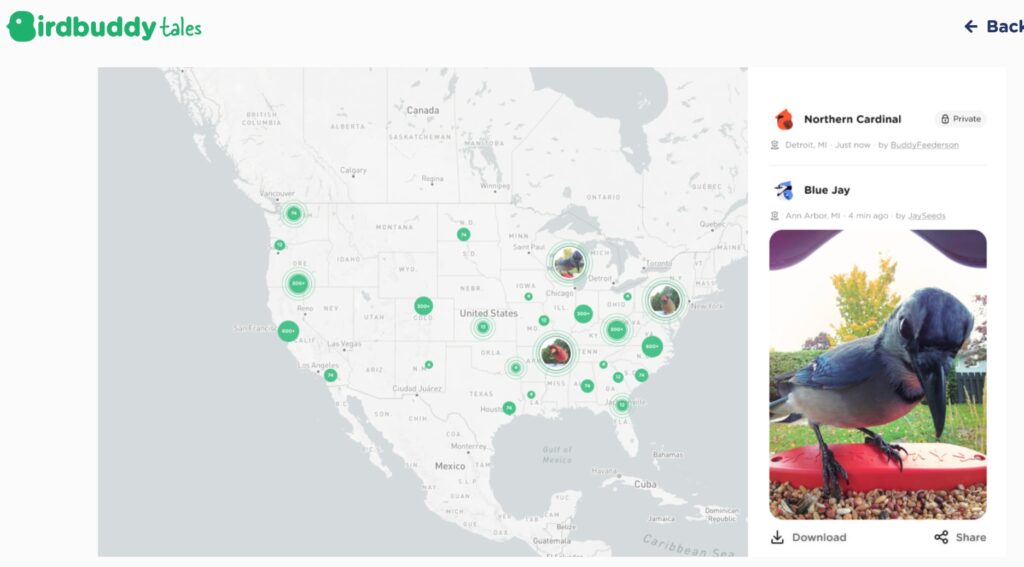Data literacy is one of the categories of posts I continue to develop. My initial exposure to data literacy came from a journal for school librarians. “Data literacy refers to the ability to understand, generate, and use data.” As schools continue to encounter recommendations for the development of skills students need to deal with the realities of the future (e.g., computational thinking), the case can be made that data literacy is as important as any other. The closest I can come to understanding what this means is based in my repeated exposure to statistics. It was an important part of my training as a psychologist, but working with data is common across so many areas and now with “big data” it seems the importance of thinking with data has only grown.
One of the interesting things about data is that it is so common and part of so many issues we encounter. The variety of situations in which understanding and using data is important offers both a challenge and an opportunity. The category of posts I have generated on data literacy offers what I hope are opportunities to encounter this variety. Here is another example that recently emerged from an unusual source.
A few months ago my wife finally received the complimentary sample of an IndieGoGo project she had invested in. The product was Bird Buddy. I like to describe it as a bird feeder with an embedded motion-activated digital camera. In other words, it takes photos of birds that visit the feeder and sends them to your phone. Pretty cool.


My initial experiences with the Bird Buddy reminded me of a data literacy project I had imagined several years ago. I do feed birds and I do take pictures. I had a different setup for taking pictures of the birds that came to my feeders and I proposed science projects be based on data that could be generated from such setups. The idea was not original and related to citizen science projects I was aware of originating from the ornithology program at Cornell University.
The Bird Buddy people seem to have similar ideas and have taken advantage of their technology for capturing images and sharing these images digitally. My description of their process left out a few details. In their process, they make use of AI to identify the birds photographed and return the proposed identification to users. I say proposed because image identification is tricky and when uncertainty is clearly present the system proposes an identification and asks what the feeder owner thinks.
The key to the potential for data literacy projects here is that the data from thousands of these feeders gets routed through the company to take advantage of AI identification and the company has begun aggregating these data in a project they call the Heartbeat Project. Try this link. It shows confirmed identifications of birds on a map as submitted from all over the world. It is fun just to watch.

The company has started to do some simple analyses of these data and the first venture involved graphing the time of day with the greatest frequency of feeder visits. Simple, but you can begin to see the potential here. The variables are endless – region of world (down to a few yards), type of bird, time of year, time of day, etc., etc., etc. The company promises to share data with interested parties every few months.
I am hoping the company takes advantage of their data in the near future to offer opportunities to classrooms. It would be a great authentic data literacy experience to share feeder data with other schools and to propose questions the data might answer.
I encourage educators who see the potential here to keep an eye on this company and its product.
![]()
You must be logged in to post a comment.